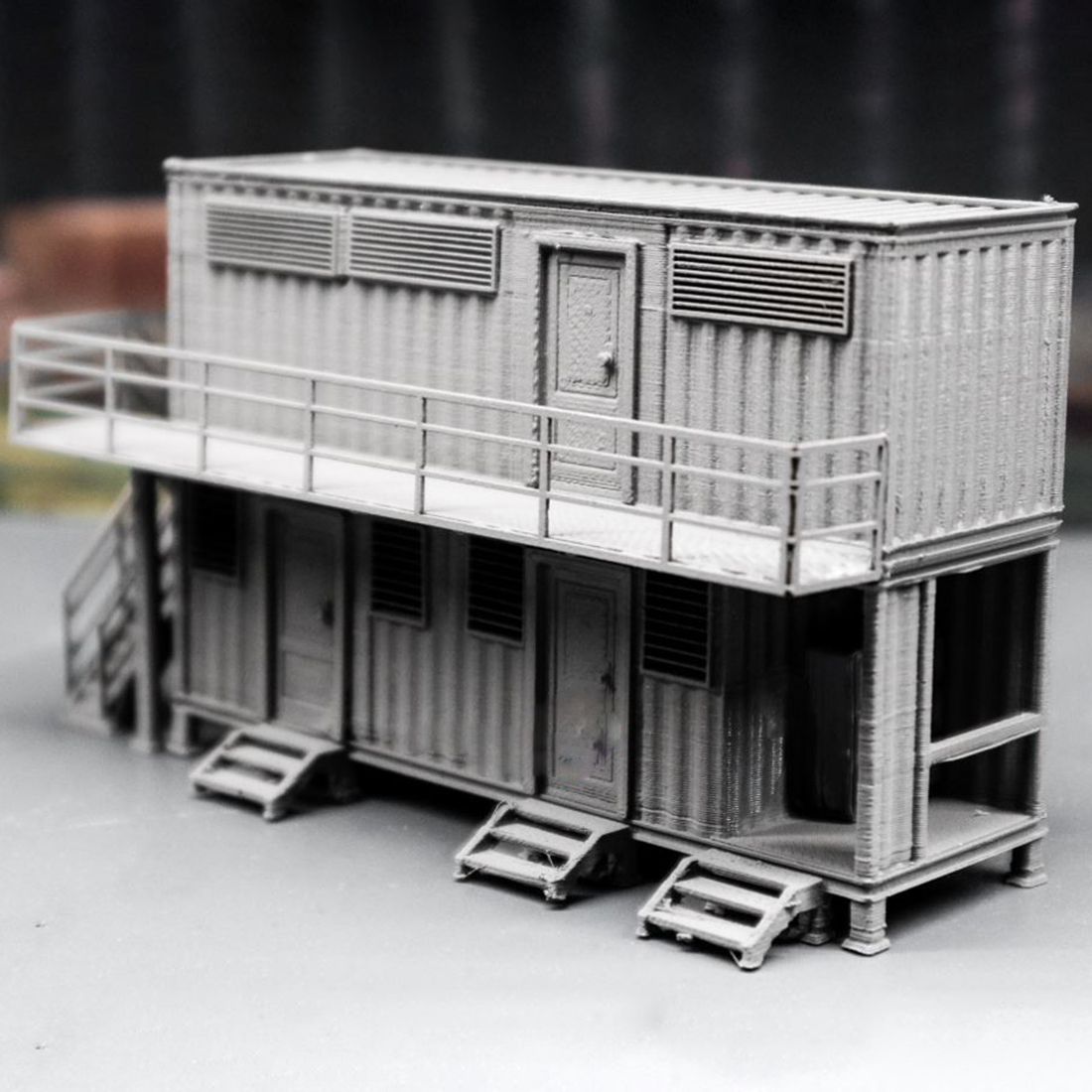

Two minutes is allocated for passengers to disembark, seven minutes for cleaning the interior and rotating the seats in the opposite direction, and three minutes for embarking. For instance, bullet trains travel to Tokyo and wait for 12 minutes at Tokyo Station before they turn around.
#Ontime train drivers
“Conductors and train drivers check and synchronize the time to run our train management systems, and our personnel give orders for which trains to turn back and which lines to activate in the event of a schedule delay. “Although the areas once maintained by hand are now administered by modern systems, there are still people behind these systems,” Hashimoto notes. 1 day ago &0183 &32 The train operator said: 'Extra time will be given for passengers at Hereford and Shrewsbury to use the platform toilet facilities.' The service stopped at Hereford at 2.35pm and at Shrewsbury at. Training those who work on the rails and conducting thorough inspections is also essential to providing such an exceptional standard of service. Arrival and departure times at each station are measured in seconds, with train drivers responsible for setting these times. Even considering major delays such as those experienced after natural disasters, the average yearly delay per train is astonishing: under one minute.

“Although we have highly advanced technology to achieve this today, people originally relied on manually maintaining these systems and using phones, and even then being on time was considered the norm.”Īdvanced systems are used to support a range of processes for bullet trains as well. “The long-held Japanese sense of everyone working together to get things done on time eventually spread to the railways, so I think our baseline standard is probably more demanding than other countries,” he says. Now, with the newest technology such as the Autonomous decentralized Transport Operation control System (ATOS) and Computerized Safety, Maintenance and Operation Systems of Shinkansen (COSMOS), it is possible to ensure the punctual arrival of a vast number of trains.Īccording to Hashimoto, the notion of on-time transit was already deep-rooted in Japan even before the advent of such systems. Please type your Train Name or Number and Click on 'Get Running History' button. Since then, rail traffic has been continuously improving with new technology. Menu Train Route Running Status Route Map See Running Status Train Running History Running history is available for all trains except Sub-Urban trains. In 1972, when Japanese National Railways still operated the national railway network, programmed route control was implemented to synchronize rail schedules.


 0 kommentar(er)
0 kommentar(er)
